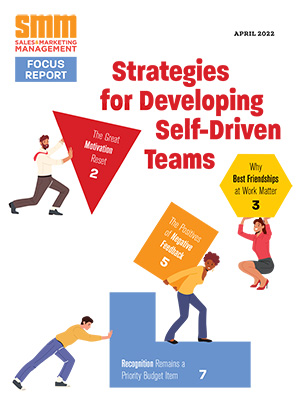Dave Rolston is an engineer and computer scientist who became interested in virtual work as far back as the 1960s. He operates Workingnowhere.com, a website focused on working virtually. Rolston offers these tips for minimizing multitasking during virtual meetings:
1. Provide air cover for the participants
Senior managers can relieve a great deal of the stress that drives the perceived need for multitasking by putting out notifications prior to the meeting informing the entire community that the participants are in a key meeting and will not be responding to email. Of course, the participants can put out their own “out of the office” notifications, but these messages are more convincing when they come from the boss. Participants may be more comfortable ignoring emails if they feel that others know they are just following orders.
2. Limit the number of meetings
Most large organizations hold too many meetings. This is especially true of global virtual teams where the participants are separated by miles and time zones. Given this separation, there is a tendency to feel disconnected and the natural response is to hold more meetings. Participants will have a strong urge to continue multitasking if they personally feel that the meeting is pointless and unnecessary. Managers need to step back periodically and ask themselves if they are, in fact, holding meetings that are pointless and unnecessary.
3. Limit the number of participants in meetings
It isn’t unusual to see meetings that have two to three times as many participants than are necessary. Participants are likely to multitask when they feel that their participation is not necessary. Some employees want to be “seen” in meetings and gain “credit” for attendance. These credit-only attendees are almost certain to be multitasking during the meeting, and they tend to establish a culture of multitasking that can affect others. The solution is trust. Meeting leaders need to limit the participation to only those who really need to be in attendance and then everyone needs to trust those participants.
4. Go offsite for critical meetings
The ultimate solution for key meetings is to take the team to an offsite location and enforce a “no comms devices during the meeting” rule. This will be most effective if the location is one that will be interesting to the participants and if there are times allocated for participants to check email and keep up with ongoing activities. This option costs more, but in today’s world it, may be the only way to ensure focused attention. For key meetings the expense may well be worth it.


